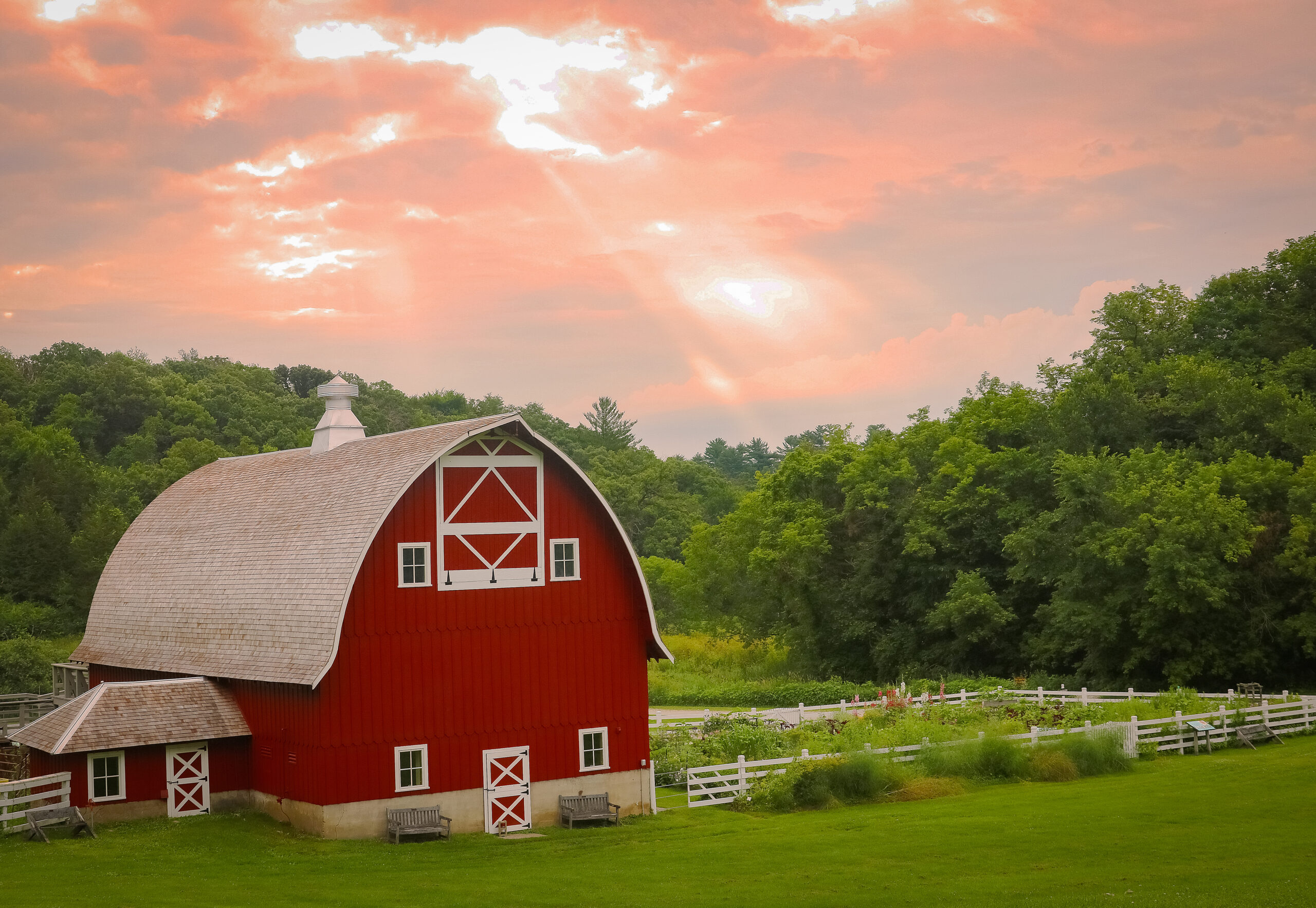- Thread starter
- #871
heirloomgal
Garden Addicted
- Joined
- Jan 17, 2021
- Messages
- 5,120
- Reaction score
- 16,809
- Points
- 285
- Location
- Northern Ontario, Canada
What is the "Marianna's Peace" scam?Even THAT doesn't necessarily save you. I speak as one of the suckers who got caught up in Tomatofest's "Marianna's Peace" scam.
Oh and if the Tiger Nuts work out for you and you want to diversify, Jibril sells the black variety.
https://www.etsy.com/listing/1041257548/black-tiger-nutscyperus-esculentus-300g?click_key=ee55063e94a2293ae18ced3205c948b5d7388fcd:1041257548&click_sum=b1cfc2ea&ref=shop_home_active_55&frs=1



